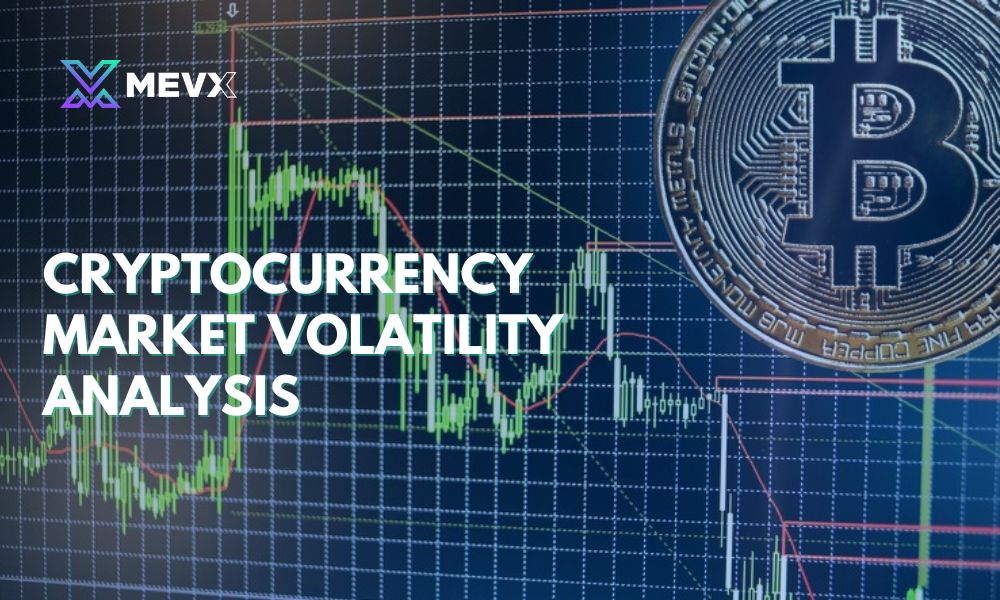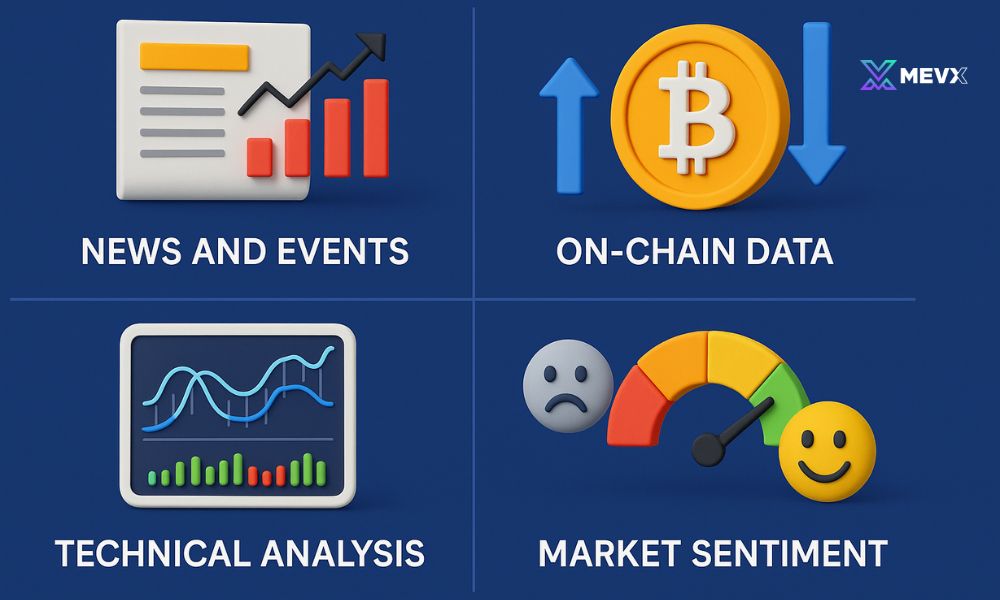The cryptocurrency market experienced noteworthy activity on April 23rd, demanding careful cryptocurrency market volatility analysis. Evaluating the influencing factors and the extent of price fluctuations on this specific date provides investors with clearer insights into short-term trends and the inherent risks that were present in the market’s behavior during that window.

Understanding the market context before April 23rd
To effectively conduct a cryptocurrency market volatility analysis for April 23rd, it’s essential to consider the preceding market environment. The days leading up to this date were likely influenced by prevailing macroeconomic factors, ongoing discussions around global cryptocurrency regulations, potential after-effects of significant events like the Bitcoin Halving (if recent), and the general sentiment across traditional financial markets.
For instance, instability in global stock markets or rising geopolitical tensions often prompts capital flight towards perceived safe-haven assets, which can sometimes exert downward pressure on riskier assets like cryptocurrencies. Conversely, positive news regarding institutional adoption, regulatory clarity, or technological breakthroughs within the crypto space could foster optimism and drive prices upward. These background elements are crucial for interpreting the specific movements observed on April 23rd.
Cryptocurrency market movements on April 23rd
On April 23rd, the crypto market likely displayed a dynamic picture [Disclaimer: As I lack real-time historical data access for specific past dates, this section describes a plausible scenario based on typical market behaviors. Actual data for April 23rd should be consulted for precise movements.
- Bitcoin (BTC): As the market leader, Bitcoin probably experienced a defined trading range on this day. Its price might have tested key support or resistance levels identified by technical analysts. Trading volume throughout the day would be a key indicator analysts reviewed to gauge the strength behind any price moves – higher volume on a price increase suggests stronger buying pressure, while higher volume on a decrease suggests stronger selling pressure. Bitcoin’s volatility often sets the tone for the broader altcoin market.
- Ethereum (ETH): Similar to Bitcoin, Ethereum likely exhibited notable price fluctuations. ETH’s price could have reacted to specific news within its own ecosystem (such as updates on layer-2 scaling solutions, DeFi protocol activity, or NFT market trends) or followed Bitcoin’s lead. Its performance relative to Bitcoin is also a common point of analysis.
- Altcoins: The altcoin market typically exhibits higher volatility compared to Bitcoin and Ethereum. April 23rd might have seen significant divergence among altcoins. Specific sectors (e.g., Artificial Intelligence tokens, Meme coins, Real World Assets – RWA) could have surged due to project-specific news or narratives, while others might have corrected in line with broader market sentiment or faced profit-taking pressure. A thorough cryptocurrency market volatility analysis must delve into these specific altcoin movements.
Potential factors influencing volatility on April 23rd
An effective cryptocurrency market volatility analysis for April 23rd requires identifying the potential catalysts behind price changes:
News and events: Were there any major economic data releases (like inflation figures or interest rate decisions), significant regulatory announcements pertaining to crypto, or major geopolitical events occurring around April 23rd? News related to prominent crypto projects, security breaches, or statements from influential figures could also have acted as significant drivers.
On-Chain data: Analysis of blockchain data from April 23rd, such as the flow of coins onto and off exchanges (indicating potential selling or buying pressure), large “whale” transactions, or changes in the number of active addresses, could have offered insights into investor behavior and sentiment during that day.
Technical analysis: Technical indicators would have been crucial for traders on April 23rd. Bollinger Bands widening might have indicated increasing volatility, while a high Average True Range (ATR) would confirm significant price movement ranges. Indicators like the Relative Strength Index (RSI) and Moving Average Convergence Divergence (MACD) would help assess momentum and potential trend reversals.
Market sentiment: What was the reading of the Crypto Fear & Greed Index on April 23rd? Extreme fear might suggest a potential buying opportunity to contrarian investors, while extreme greed could signal an impending correction. Social media trends and discussions on platforms like Twitter and Reddit also reflect the prevailing mood among retail investors.

Assessing the volatility level and its implications
The degree of volatility observed on April 23rd (whether high, moderate, or low) holds different implications:
High volatility: Creates opportunities for short-term traders (day traders, scalpers) to profit from rapid price swings but significantly increases the risk of substantial losses if positions are not managed carefully with tools like stop-losses.
Low volatility: Might represent a consolidation phase before a larger move, or indicate market indecision while participants await a clear catalyst. This environment might favor range-bound trading strategies.
Continuously performing cryptocurrency market volatility analysis allows investors to adapt to changing market conditions, refine their strategies, and manage risk proactively. The events of April 23rd, whatever they were, serve as another data point in understanding the complex dynamics of the crypto market.
In summary, April 23rd provided valuable data points for ongoing cryptocurrency market volatility analysis. Closely monitoring technical indicators, news flow, on-chain metrics, and overall sentiment was essential to understand the forces behind price movements on that specific day. The crypto space is constantly evolving, demanding adaptability and informed decision-making from investors. The market never sleeps, requiring sharp tools and insights. To effectively navigate these dynamics, automate trading strategies based on volatility, and stay updated with expert analysis, consider following MevxBot for the latest insights and features!
